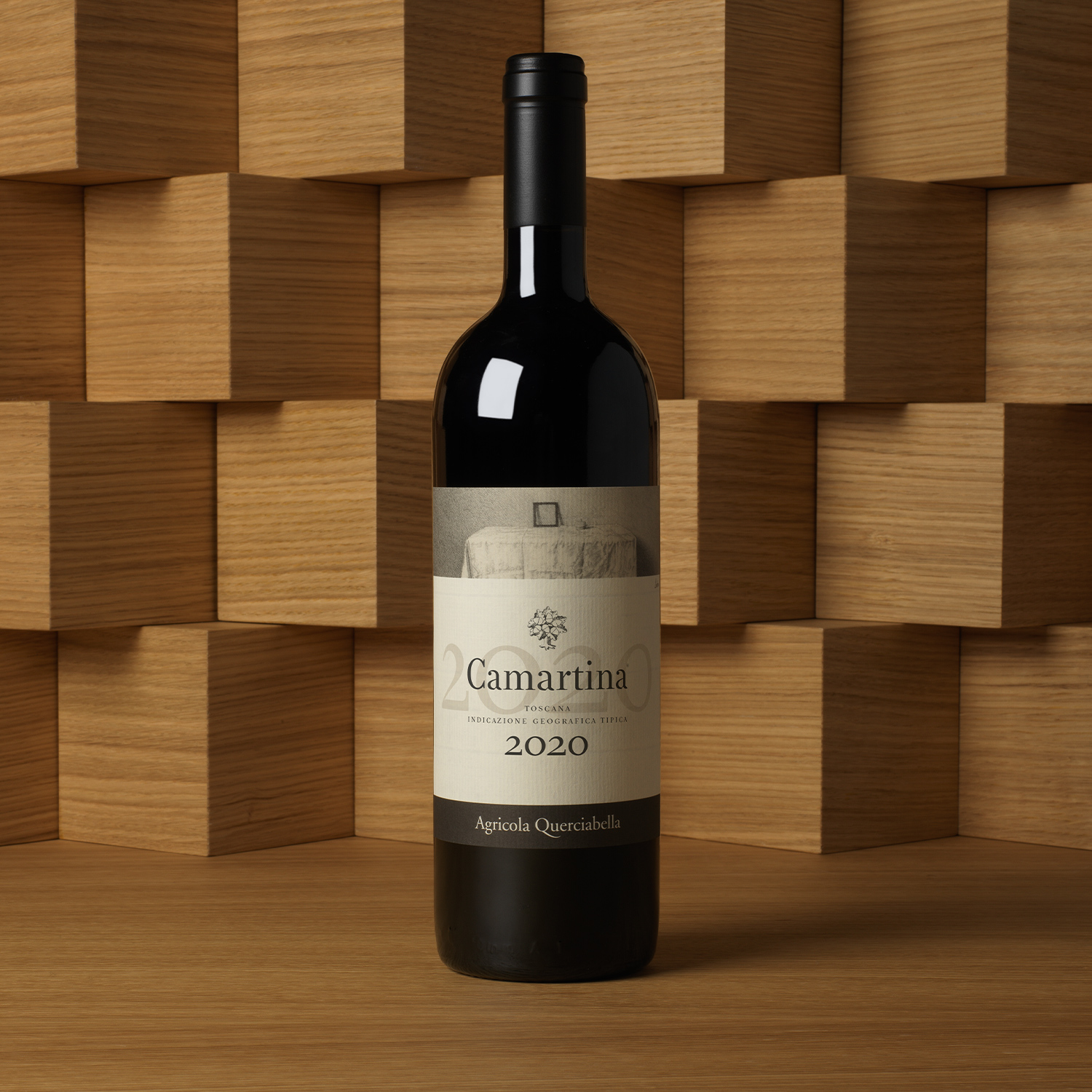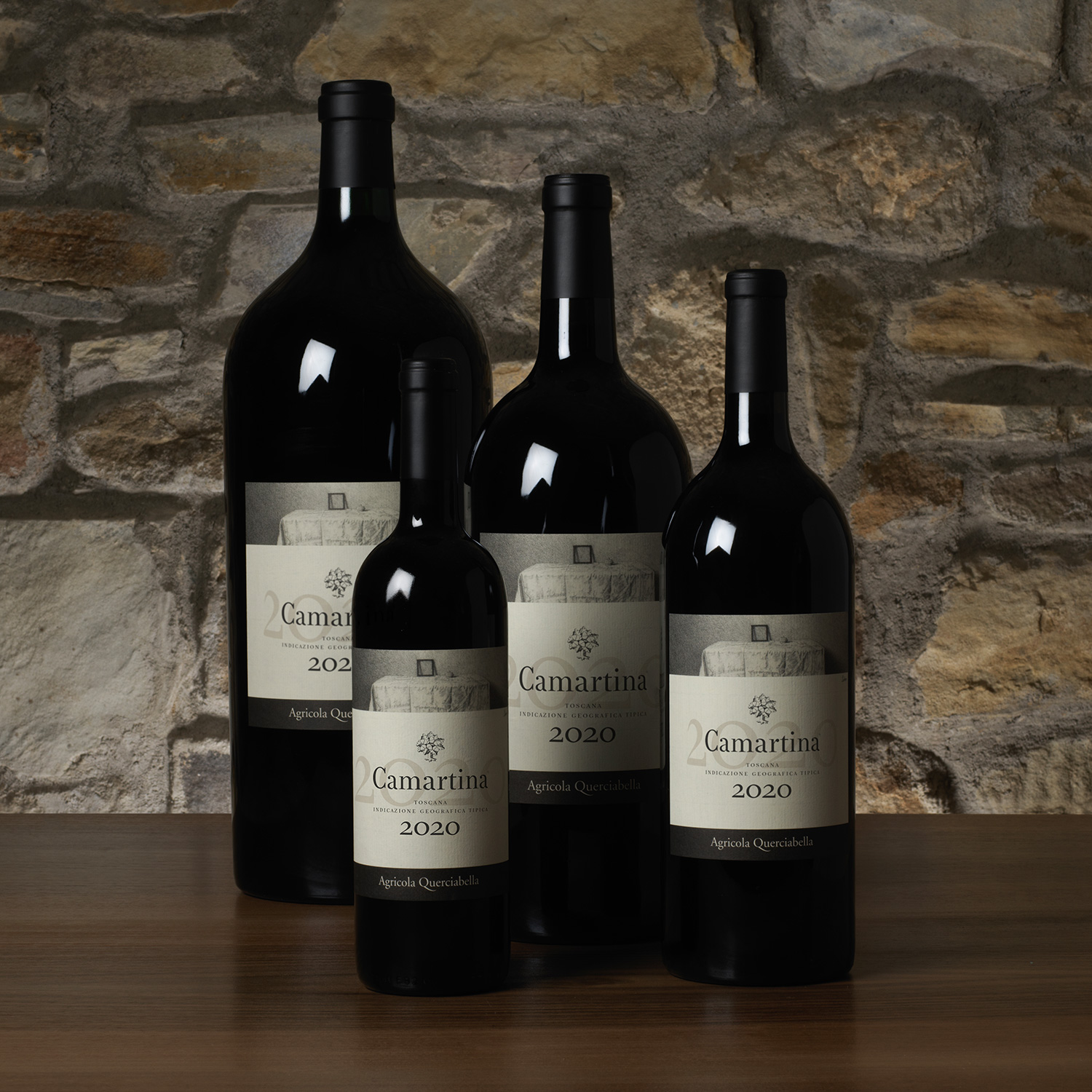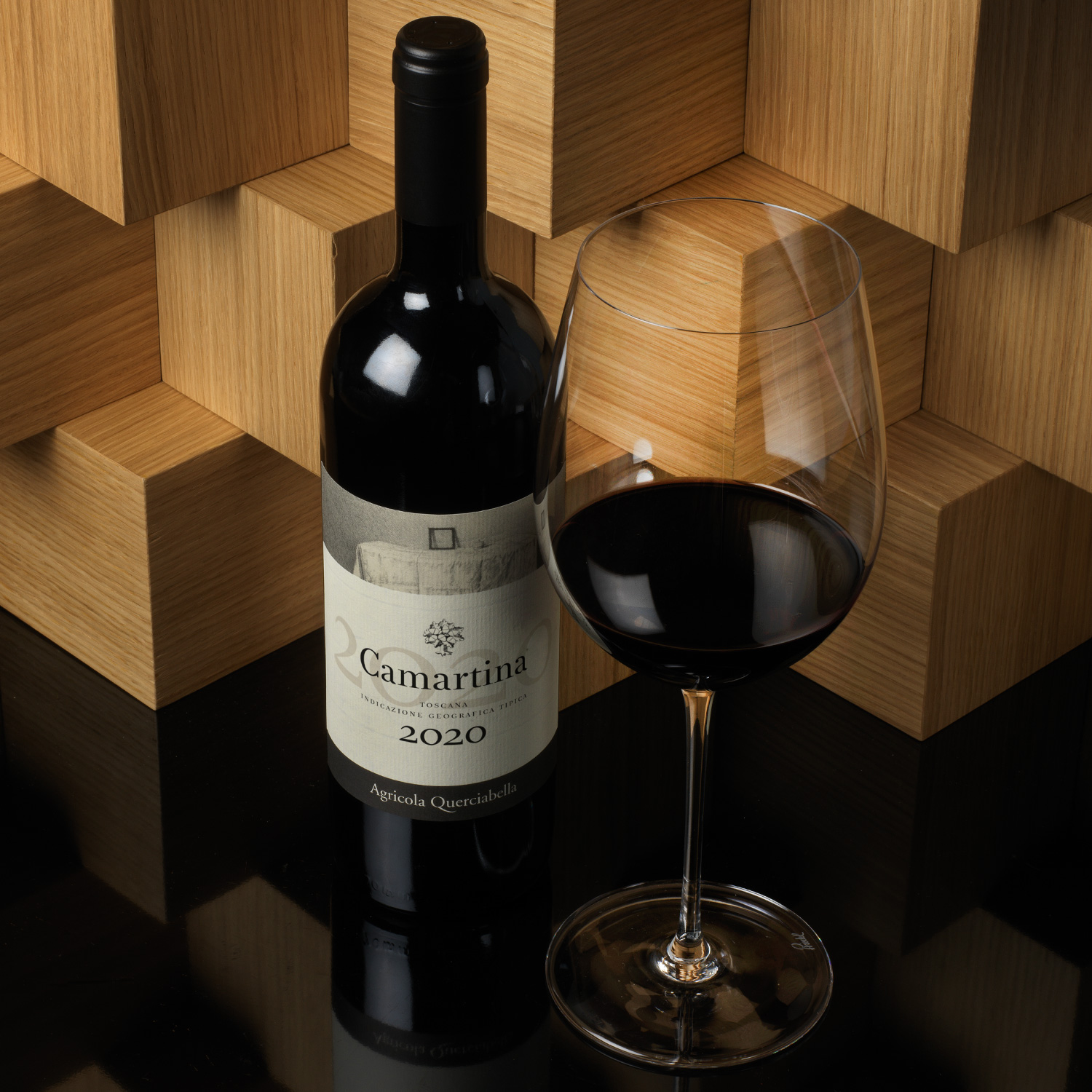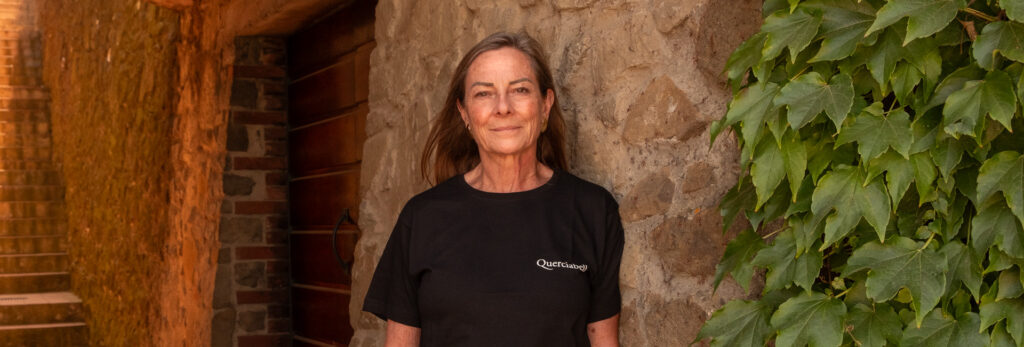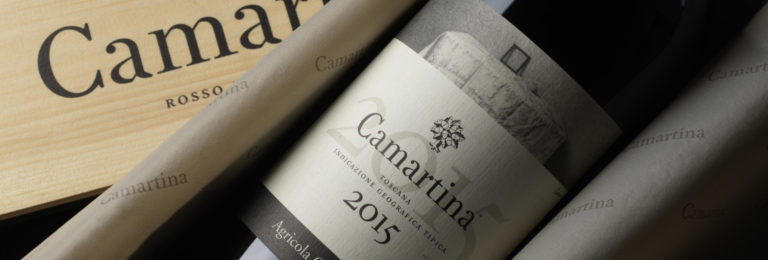Querciabella announces key leadership change reaffirming commitment to family ownership and sustainability.
Querciabella’s flagship Camartina is one of a handful of history-making wines, collectively known as Super Tuscans, that dramatically elevated the standing and prestige of Italian wine production on the world stage.
In the 1970s, a few ambitious winemakers started eschewing the staid rules of Chianti Classico. Their dissatisfaction with the mediocrity of the Tuscan wine scene at the time sparked a wave of creativity and experimentation with international grapes, high-rate clones, and innovative winemaking techniques. Querciabella was founded in this specific context, and Camartina not only laid the foundations for the estate’s commitment to excellence but also initiated its rise to success.
Originally a blend of 70 % Sangiovese, 30% Cabernet Sauvignon (with a little Merlot), over the years, the proportions switched as Cabernet has grown more domesticated to Ruffoli’s arid sandstone slopes. Its nuanced opulence and seductive character have won Camartina the favours of wine critics around the world. In 2004, it was named Best Italian Wine and frequently appears among the Top World Wines. With its outstanding ability to evolve over time, it even wowed world-renowned critic Jancis Robinson who couldn’t conceal her amusement – “Oo, that is rather lovely!” – after tasting a 17-year-old Camartina.
Camartina is only produced in optimal vintages, while small-batch micro-vinification and an extremely limited bottling guarantee hand-crafted excellence. The wine is released no sooner than 30 months after harvest, and thanks to its longevity, it is sure to be a contender for the best cellars.
No animal products or byproducts are used in the production of this wine, making it suitable for vegans and vegetarians.

